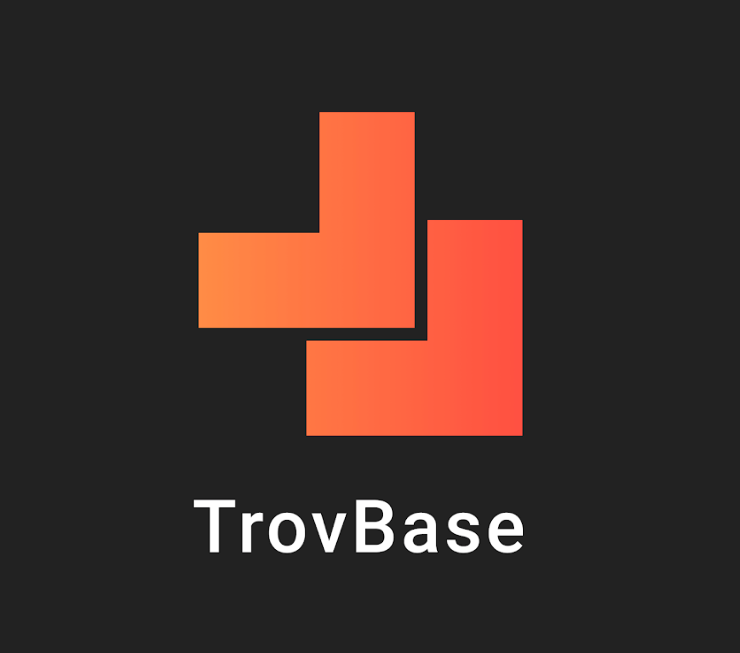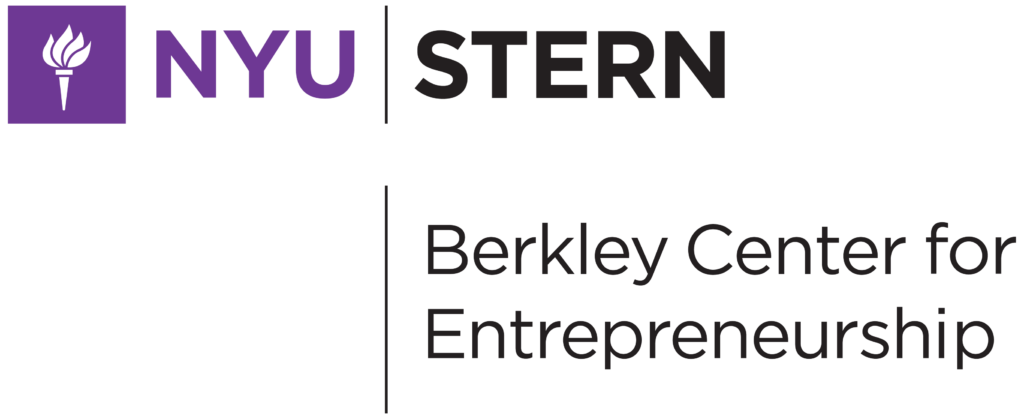
A Inside Look: How I Stay Inspired While Working on My Venture: TrovBase
By: Sam Jordan
If you only exercise when you’re motivated, you’ll be conditioned to only work out when you’re “in the mood.” You have to hope that a pump-up playlist or David Goggins hype video gets you off the couch and to the gym. For long-term gains, discipline must be greater than motivation. This holds true for both working out and entrepreneurship.
A growth strategy requires working on your venture’s needs with a lack of inspiration. It can be a challenge to stay motivated when you’ve received your tenth “no” in a row from an angel investor because you have an early-stage startup. Establishing key habits for self-maintenance, though, can be rewarding.
The importance of establishing rituals around tedious tasks is beautifully captured by Steward Brand’s Works in Progress piece, “The Maintenance Race.”Brand writes thrillingly about the first round-the-world solo yacht race from the angle of the competitors’ varying maintenance styles, which ultimately led to their respective outcomes. In its entirety, I would strongly recommend this book to readers. For those searching for demonstrable discipline and inspiration, please continue reading below for the book insights I use to inspire me as an entrepreneur:
3 Competitive Maintenance Styles:
Knox-Johnston: “Whatever comes, deal with it.”
This advice exemplifies that actions are taken when forced by necessity, fostering innovation and problem-solving. For instance, if there was a hole in his boat, he would patch it. If his battery charger broke, he would endeavor to fix it. In this sense, necessity breeds invention and inspiration. This strategy works, but the voyage is a constant physical and mental struggle of action and reaction.
Crowhurst: “Hope for the best.”
Some people only focus on what they’re good (i.e., fixing radios) and ignore the problems they’re less skilled in solving. It’s common to spend much time idealizing the journey and giving oneself rewards to motivate the completion of an unpleasant task.
Moitessier: “Prepare for the worst.”
Driven by discipline, continuously inspecting and maintaining your venture is a great way to make small fixes before they become big problems. Discipline as a lifestyle creates good habits that can make you happy. Routines are a great way to remain energized and accomplish your goals, and they may even propel your voyage further than imagined.
Inspiration was the driving force behind the first two of the three strategies, but I believe Moitessier’s method of “Prepare for the worst” is an exemplary growth strategy for entrepreneurship. To more concretely draw the parallel between Moitessier’s maintenance strategy and one that could be beneficial to an entrepreneur, consider the following translations.
Regularly check for water in the fuel → Reach out to potential angel investors every day, and revisit the ones that have told you no. Look for commonalities in rejection explanations.
Check fuel lines for cracks and wear → Look at your logs to understand what your customers are doing on the platform every day.
Check propeller and skeg for damage → Reach out to potential customers to build a pipeline. Regularly reach out to interview customers about their experiences.
When I go through my own TrovBase maintenance routine, I often discover fresh opportunities or connections that have been forgotten. Since I started my maintenance routine, burnout experiences have reduced since I’m not constantly adjusting to surprises. My personal experiences convince me that it is better to build habits of discipline instead of waiting for inspiration.

